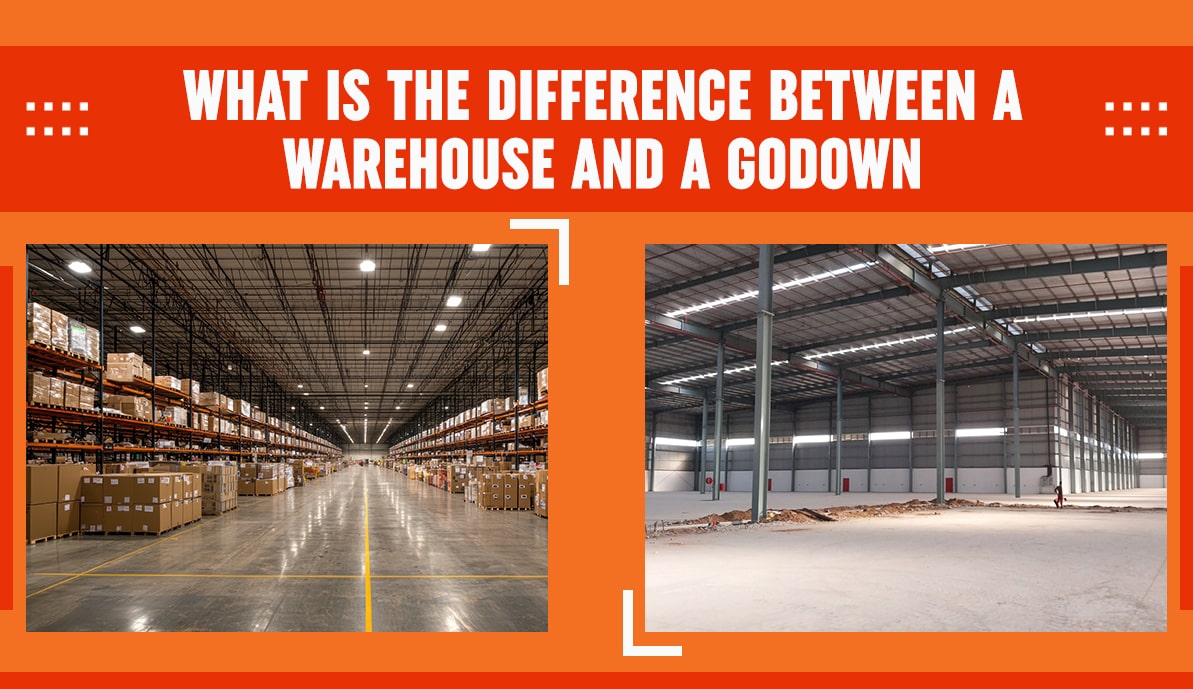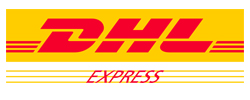The terms “warehouse” and “godown” are often used interchangeably. However, these two facilities serve different purposes, follow different standards, and cater to distinct markets. While they both store goods, their usage, structure, and business context set them apart. Understanding this difference is essential for manufacturers, retailers, and distributors when deciding where to store their inventory.
What Is a Warehouse?
A warehouse is a large, planned commercial facility used to store goods in bulk. These facilities are typically built with proper logistics in mind. Warehouses support streamlined operations such as inventory management, product tracking, sorting, packaging, and dispatch. They are widely used by e-commerce platforms, retail chains, importers, and exporters.
Many modern companies prefer a warehouse in Kolkata to support the growing demand for fast, efficient supply chains in the region.
Warehouses often follow industrial standards and are equipped with:
- Automated storage systems
- Inventory software
- Climate control solutions
- Security and fire safety systems
They often form an essential part of an advanced logistics and distribution strategy.
What Is a Godown?
A godown is a traditional storage facility, usually used in local or smaller markets. These are less organized, often found behind retail stores or within smaller industrial setups. Godowns are more commonly used in India and Southeast Asia, especially in wholesale trading communities.
They serve the basic function of keeping goods safe from damage or theft. However, they rarely include inventory software or automation tools. A godown’s structure is more straightforward and cost-effective, catering to smaller businesses or seasonal storage needs.
Key Differences Between Warehouse and Godown
Now that we understand what each facility is, let’s explore the specific differences that define them.
Purpose and Functionality
Warehouses are built for modern logistics. They serve multiple functions, such as inventory control, quality checking, and order fulfillment. Their role in the supply chain is critical.
Godowns, on the other hand, are purely used for storage. They do not typically offer value-added services or systemized inventory tracking.
Businesses seeking a warehouse in Kolkata usually do so to benefit from structured, professional-grade storage and quick movement of goods.
Design and Structure
A warehouse is often constructed in compliance with international industrial standards. It may include racking systems, loading docks, cranes, and forklifts.
In contrast, a godown is more basic. It might be a rented space in a residential building or an open shed with a locking door. There is no standard design for a godown. It simply serves as a place to hold goods temporarily.
Warehouses may also be part of larger industrial property for sale projects, especially in regions where logistics parks are being developed.
Automation and Technology
Technology is central to warehouses. From barcode scanning to RFID tagging and real-time inventory monitoring, warehouses operate with precision. This is why businesses dealing in perishable or high-value items prefer using warehouses.
Godowns usually operate without automation. Workers manually manage goods, which increases the chance of human error or product loss. If a business wants reliability and scalability, godowns offer limited support.
Many modern facilities advertising industrial property for sale now focus on smart warehouse infrastructure to meet market demands.
Compliance and Safety
Warehouses comply with fire safety norms, insurance requirements, and industrial zoning laws. They have security personnel, CCTV surveillance, and access control systems.
Godowns may not always follow these safety standards. Their informal structure and minimal oversight make them less secure. This is a major factor that drives businesses to choose warehouses for sensitive or regulated goods.
Scale of Operations
A warehouse can handle large volumes of goods over extended periods. Many multinational and domestic brands rely on them to serve entire regions or countries.
Godowns serve small-scale businesses, typically within a specific neighborhood or town. They are often family-run and not part of a larger distribution network.
In rapidly growing areas like Kolkata, many businesses are moving toward using a warehouse in Kolkata to enhance delivery speed and reduce operational friction.
Which One Should You Choose?
Selecting between a warehouse and a godown depends entirely on the size, goals, and structure of your business.
Choose a Warehouse If:
- Your business involves large-scale distribution
- You require automated systems for inventory
- Safety and compliance are top priorities
- You work with regulated goods like pharmaceuticals or electronics
- You want long-term storage with minimum risk
Modern investors are increasingly interested in industrial property for sale that includes warehouse setups, as they offer scalable business returns.
Choose a Godown If:
- You run a small business with local operations
- Your budget is limited
- You do not need automation or tech integration
- You want temporary or short-term storage
- Your goods are non-perishable and low risk
In certain areas, godowns still provide a low-cost solution for seasonal businesses. However, as industries evolve, the demand for smarter warehousing increases.
The Bottom Line
Warehouses and godowns may both store goods, but the way they function is worlds apart. The decision to invest in either should align with your business scale, operational needs, and long-term strategy. As e-commerce and supply chains continue to expand, modern businesses require efficiency, technology, and scalability. All of which a warehouse delivers.









